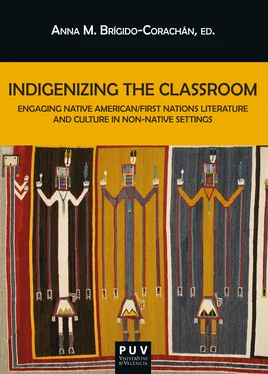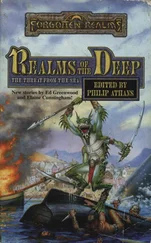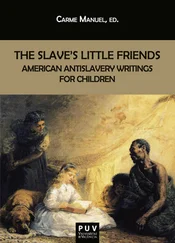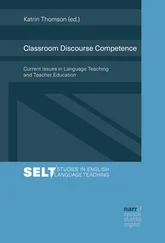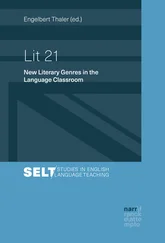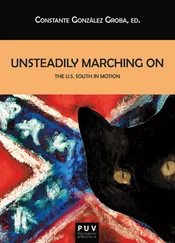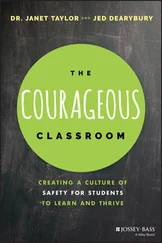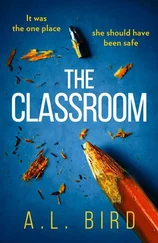one day she said
‘Mother, I would like to have
Some yashtoah to eat.’
‘Yashtoah’ is the hardened crust on corn meal mush
that curls up.
The very name ‘yashtoah’ means
it’s sort of curled-up, you know, dried ,
just as mush dries on top.
She said
‘I would like to have some yashtoah ,’
And her mother said
‘My dear little girl,
I can’t make you any yashtoah
Because we haven’t any wood . . .’
Here, the speaker’s aside (printed in italic type) gestures toward language loss in the listener and glosses difficult words from “time immemorial” so that the story might still have power in the reader’s present. Importantly, this technique and others in the text do not mean that Silko feels that Laguna language fluency is necessary to the production of Laguna stories. Rather, they demonstrate the way she and other Native writers who lack fluency in their vernacular language still can access its paralinguistic and aural qualities through the use of an ethnopoetic formatting approach to English that attempts to mimic traditional practice. 9 Among the more standard short stories included in Storyteller , on the other hand, Silko employs two column justified text to bring even more attention to the difference between stories that originated in Laguna and those she has written in English for an English language audience.
In each of these examples, the use of linguistic contexts for the poets’ and storytellers’ choices not only enhance the students’ understanding of each individual text, but also the larger context in which all Native American literature finds itself—part of an ongoing and long-standing effort to express in print and alphabetic type the various verbal arts traditions of the more than 500 nations that reside in the US today. Yet these are just a few examples. Even for writers who did not grow up as bilingual speakers, there remains a constant awareness of the vernacular language performative traditions that still exist in many communities. Just because a writer writes in English and is not fluent in her own nation’s language, that does not mean he or she is not writing Native literature. As the Acoma Pueblo poet Simon Ortiz has observed in his Foreword to American Indian Literary Nationalism ,
English has been a knotty problem for us . . . [yet] it has become the most common language for many of us because of constant use and habit, since it is the language of the prominent culture and society around us and we are constantly faced with it . . . we can make use of English[,] but we must determine for ourselves how English is to be a part of our lives, socially, culturally, politically . . . While English—and many other colonial languages—may be the ‘enemy’s language,’ it can be helpful and useful to us just like any other languages we have the opportunity to learn . . . Although we have to make sure we do not compromise ourselves by inadvertently speaking-writing what we don’t want to mean (because English carries a lot of Western social cultural baggage), English language writing can work to our advantage when we write with a sense of Indigenous consciousness. (xiii-xiv)
Once again, the linguistic perspective on Native literature offers our students in non-US settings the chance to think about the relationship between colonialism and language when they read an English language Native text. They also have the opportunity, not nearly as common for US students, to think about language autonomy in their own countries. Speakers of Basque and Gallego in Spain, for example, bring to these Native American works their own visceral experience of the politics of language use. The same can be said for Roma readers of these books, of readers in Taiwan who are familiar with the marginalization of that island’s Indigenous peoples and their languages.
The good news for teachers of this literature world-wide is that the Internet has closed the distance between our classrooms and the spoken-word performances of Indian Country. Our classes can tap into recorded versions of Ofelia Zepeda’s work, and provide students the opportunity to stream the Diné Nation’s Navajo Radio (KTNN), or show them how to access the California Language Archive, which houses hundreds of ethnographic recordings of North American Native languages. Instructors may also wish to work with other Native poets and prose writers whose writing is directly influenced by their vernacular language—Luci Tapahanso (Diné), Margaret Noodin (Ojibwe), Delphine Red Shirt (Lakota), to name a few. By offering our students the concrete history of language sovereignty issues in the Tohono O’odham, Lakota, Ojibwe, and Laguna nations, they will be better equipped to see how language itself is often one of the main subjects of a story or poem. By offering them concepts like paralinguistics and ethnopoetics, code-switching and lexical shifting, we make more accessible those elements of Native American literature that our students themselves have experienced first hand in their study of foreign languages, and/or their understanding of the language politics that obtain in their own communities today.
Works Cited
Armstrong, Jeanette. “Land Speaking.” Speaking for the Generations . Ed. Simon Ortiz. University of Arizona Press, 1998. 175-194.
Basso, Keith. Portraits of “The Whiteman . ” Cambridge University Press, 1979.
———. “Wisdom Sits in Places.” America . W.W. Norton, 1998.
Daniels, Belinda. “Belinda Daniels.” CBC News Interactives. https://www.cbc.ca/news2/interactives/i-am-indigenous-2017/daniels.html
Everett, Caleb. “Evidence for Direct Geographic Influences on Linguistic Sounds: The Case of Ejectives.” PLoS ONE 8.6 (2013) https://doi.org/10.1371/journal.pone.0065275
Goddard, Ives. “Native Languages and Language Families.” Languages , Vol. 17 Handbook of North American Indians . Smithsonian Institution, 1996.
Goethe, Johann. Conversations with Eckermann . Trans. John Oxenford. North Point Press, 1984.
Hymes, Dell. “ In Vain I Tried to Tell You. ” Essays in Native American Ethnopoetics . University of Pennsylvania Press, 1981.
Mithun, Marianne. The Languages of Native North America . Cambridge University Press, 1999.
Sapir, Edward. “How languages influence each other.” Language: An Introduction to the Study of Speech . Harcourt, 1921. 192-206.
Sarris, Greg. Keeping Slug Woman Alive . University of California Press, 1993.
Silko, Leslie. Storyteller . Arcade Publishing, 1989.
———. Storytelle r. Penguin, 2012.
Viatori, Maximilian and Gloria Ushigua, “Speaking Sovereignty: Indigenous Languages and Self-Determination.” Wicazo Sa Review 22.2 (Fall 2007): 7-21.
Walker, Willard. “The Winnebago Syllabary and the Generative Model.” Anthropological Linguistics 16.8 (1974): 393-414.
Warrior, Robert, Jace Weaver, and Craig Womack, eds. American Indian Literary Nationalism. University of New Mexico Press, 2006.
“World Literature.” Obo . Literary and Critical Theory . 17 (November 2019). https://www.oxfordbibliographies.com/view/document/obo-9780190221911/obo-9780190221911-0025.xml
Young Bear, Ray A. Black Eagle Child: The Facepaint Narratives . University of Iowa Press, 1991.
Zepeda, Ofelia. A Papago Grammar . University of Arizona Press, 1983.
———. Ocean Power . University of Arizona Press, 1995.
———. Jewed ‘I-Hoi/Earth Movements . Kore Press, 1997.
1 “Belinda Daniels.” CBC News Interactives. https://www.cbc.ca/news2/interactives/i-am-indigenous-2017/daniels.html
Читать дальше
